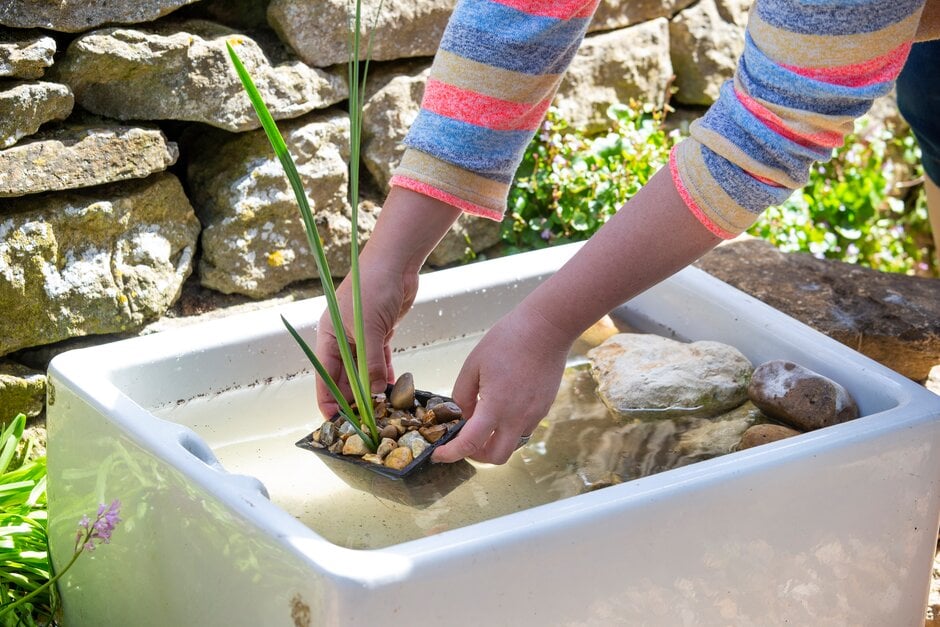Building a resilient garden for a changing climate
Garden designer Tom Massey’s latest book and accompanying garden at RHS Hampton Court, has struck a chord with every gardener concerned about growing in a changing climate and the new challenges that represents
What is resilience?
It’s a term that has been used increasingly in a horticultural context as we look to the future and how we will plan for a climate of more extreme weather. But what does resilience mean when applied to the average domestic garden?
Tom explains, “The climate emergency is affecting weather patterns, and extreme events are becoming much more likely and frequent. This is causing devastation to landscapes and gardens that are ill equipped to deal with these conditions. It is not sustainable to have to start again from scratch every time an extreme event occurs, so resilient gardens that can adapt, survive and recover are extremely important.”
It was from this context that the Resilient Garden book, and corresponding garden at RHS Hampton Court were created. Tom says, “There are a lot of garden design books, many of which might now feel quite dated. My aim was to create something that felt fresh, future focused, exciting and dynamic, that would appeal to a younger generation of gardeners, but also have lots of good content that wouldn’t exclude more experienced readers.
- UK gardens cover 1,670 square miles, that’s just over a fifth the size of Wales.
- 2 billion people do not have drinking water in their home. By 2025 50% of the world’s population will live in places suffering water stress.
- By 2050 London is predicted to have a climate equivalent to Barcelona.
- UK flying insects have declined by 60% in the past 20 years.
“It was a great experience building the real garden. Making the VR version was a very involved experience and took some months to get right, working closely with AVA CGI, the team who built the space in 3D software. Seeing the virtual garden come to life really proved the concept and hopefully added a new dimension of understanding for anyone who has read the book.”
The role of wildlife
This year, sustainability, resiliance and“We are in the midst of a biodiversity crisis, and many species are in serious decline. Insects, for example, are suffering from overuse of
Practical steps gardeners can take now
“It is important to understand your garden, and design a scheme to be able to deal with the conditions that it is most likely to face. For example, in a shady woodland-style garden on a flood plain, it would not be resilient to design a dry Mediterranean gravel garden. These types of plants wouldn’t tolerate the wet well and would struggle in the shade. Site analysis is a really important starting point in the design process.

Assess your garden

Care for your soil

Use sustainable materials
“Working on your soil is usually a good place to start.
8 Key actions for gardeners
- Include trees
- Reduce hard landscaping
- Produce compost
- Use renewable technologies
- Think about greening all planes
- Add green roofs
- Include productive plants
- Design successional planting
Resilience vs aesthetics
Often the conversation around moving towards sustainable garden practices is one of sacrifice. Gardeners being asked to pull up their lawns, avoid rigorous tidying and maybe even allow a few weeds to go by, can be alarming and seem to undermine what some think of as ‘real’ gardening, but Tom suggests that it’s about shifting our definitions of beauty.“If you want a very neat and formal garden you could consider having a wilder or less maintained area out of sight, or employ crisp and clean lines in the hardscape with softer, looser and less formal planting framing this. Even a chaotic
“I think there is definitely an appetite to be more resilient and sustainable, most people really want to try and do something to help with the climate and biodiversity crisis, and see their garden spaces as a realistic way in which they can make a difference.”




